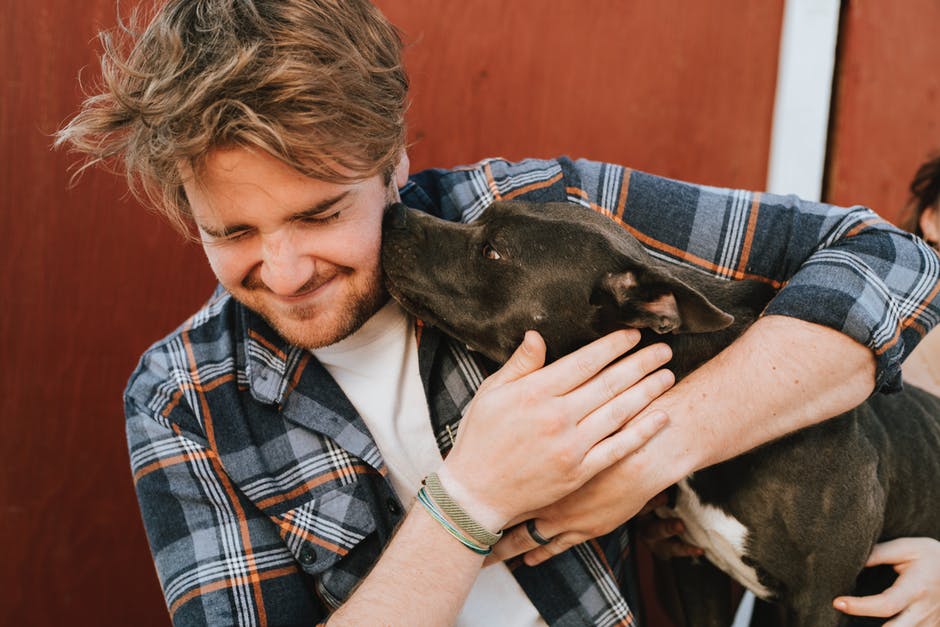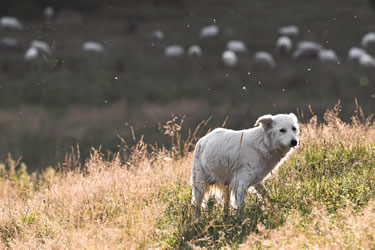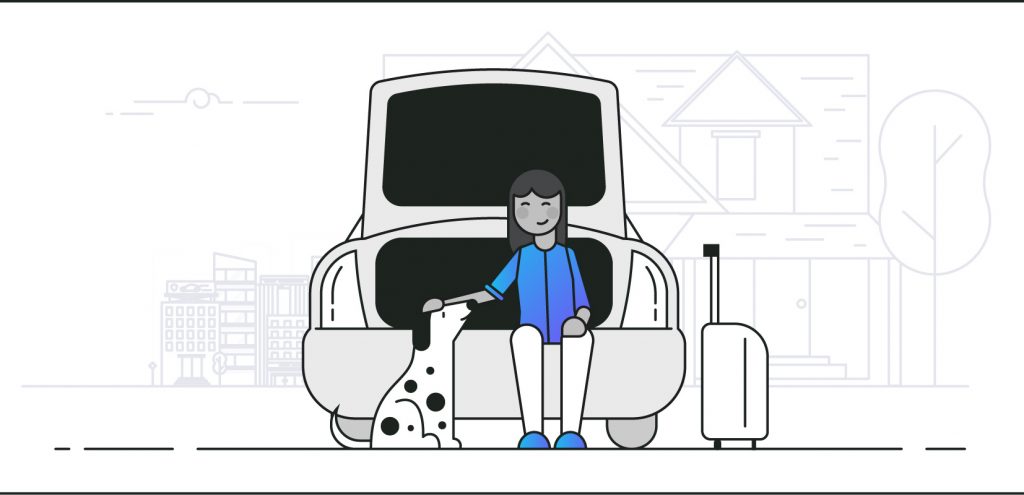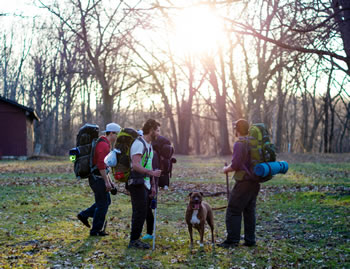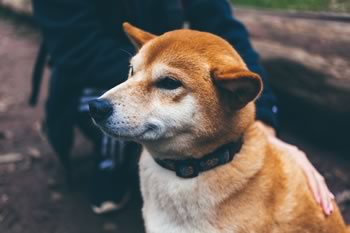Guest Post by: Kunal Patel

Dogs are prone to skin allergies and yeast infections, particularly when they get older or fall sick. If the health of their skin is compromised, it’s easier for yeast and bacteria to grow on it, causing itchiness and bad odours. When your pet scratches these itchy spots, they get hot, inflamed or swollen due to increased blood flow, making the problem even worse.
Skin problems are particularly common among many popular breeds and knowing about these can help you prevent or manage them before they become serious.
Which Breeds Are at Risk of Skin and Yeast Infections?
While any dog may have skin problems or yeast infections, these 10 breeds are generally at higher risk:
- Spaniels – Their long, floppy ears and heavy jowls put spaniels at risk of numerous skin problems. They are especially prone to infections in the folds of their lower lip and their ears, which provide the ideal environment for the growth of bacteria and yeast.
- Cocker Spaniels – Cocker Spaniels are prone to eye problems and ear infections as well as a higher risk of seborrhea. This genetic condition leads to the chronic growth of a waxy substance on the ears, and may also cause greasy, scaly or smelly skin.
- Boxers – These compact, muscular and athletic dogs often face a wide range of serious health concerns, including cancer, hip dysplasia, arthritis, knee and heart-related problems, thyroid issues etc. They’re also susceptible to skin allergies and infections.
- Standard Poodles – Poodles are prone to developing granulomatous sebaceous adenitis, an inherited skin condition that affects the oil glands. In addition to making them more prone to secondary skin infections, this condition can also cause hair loss.
- Chinese Shar-Peis – With short-haired dogs like Shar-Peis and bulldogs, skin irritation is a common problem. Folds in their skin cause short hairs on one side to poke against the other side when the dog moves, causing irritation and making allergies or skin infections worse. Young English bulldogs are also prone to skin tumours called histiocytomas.
- American Bulldogs – Along with irritation caused by skin folds and short hair, this breed tends to have food and environmental allergies that affect the health of their skin. They may also inherit canine ichthyosiform dermatoses, a condition that causes skin along the armpits, groin and belly to become red and scaly.
- Basset Hounds – Large sad eyes and droopy ears make these dogs look adorable, and they love sniffing everything they can reach. Coupled with their short legs and droopy skin, this raises the risk of picking up infection-causing bacteria, viruses and parasites, or even inhaling them.
- Doberman Pinschers – These dogs often have low thyroid function or hyperthyroidism, which affects their skin health. Hyperthyroidism can lead to alopecia or hair loss, especially along the flanks, while low thyroid function may cause a dry or flaky coat. Both issues can lead to secondary skin infections as well.
- Labrador Retrievers – Labradors are generally robust and healthy as long as they get a good diet and plenty of exercise. However, they can face allergies due to dietary, genetic and environmental factors, causing skin problems such as itchiness, hot spots, etc.
- Pit Bull Terriers – A weak immune system makes pit bulls more prone to infections, as well as issues caused by tiny demodex mites that reside in hair follicles. In dogs with low immunity, demodectic outbreaks can cause secondary skin infections or itchiness.
In addition to the breeds listed above, dogs with hormonal imbalances, excessive earwax, weak immunity and food, environmental or genetic allergies also face a higher risk of skin and yeast infections. Certain medications such as antibiotics, or warm and humid living environments can also pose a threat.
How Does Copper Help with Treating Skin Problems?
Copper is not only an essential mineral found in all mammals, but its additional health benefits for your canine companion include:
- Incredible antimicrobial powers, which kill a huge variety of bacteria, fungi and viruses through contact. Historically, copper has also been used to fight fleas, mites and other parasites that affect household pets.
- Eliminating bad odours from your pet’s fur, skin and bedding. These unwanted odours are usually caused by sweat, bacteria and fungi, and copper effectively fights this nasty mixture in a safe and chemical-free manner.
- Boosting blood flow, circulation and regulation of body temperature. Copper helps keep your dog warm and comfortable, and can even provide relief from arthritis, joint pain and other mobility issues in older canines.
Owning a dog is a huge responsibility, since they need as much love, care and attention as a young child. Copper pet beds are a great way to help your furry friends stay healthier and happier, so switch to them today!
Author Bio:
Kunal is a young and passionate entrepreneur, fascinated by the workings of the human body and natural solutions for common health problems. He’s single-minded in his aim to make Copper Clothing a brand that’s recognised across the globe, by partnering with global brands to make these high-tech materials easily accessible for everyone.

